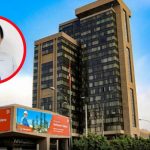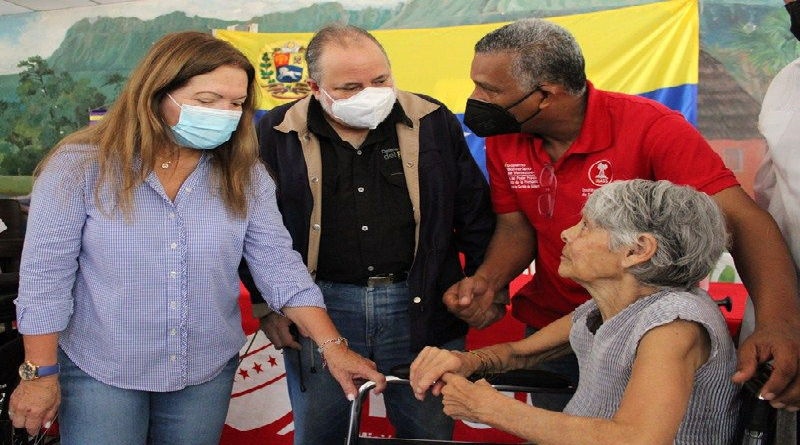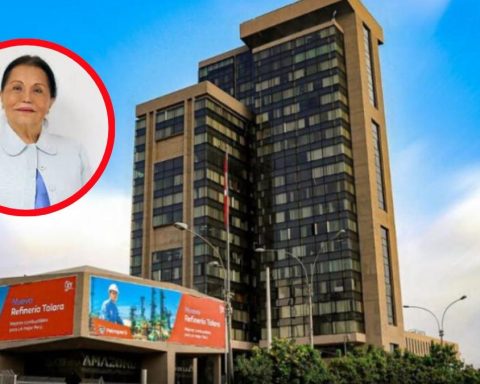The Uruguayan economy recovered dynamism and it grew again in the first quarter of 2023, according to the National Accounts report released this Thursday by the Central Bank of Uruguay (BCU).
The Gross Domestic Product (GDP) expanded 0.9% with respect to the immediately preceding quarter (October-December), that is, in seasonally adjusted terms. Meanwhile, in the interannual measurement, economic activity expanded 1.2% compared to the January-March period of last year.
The economist Aldo Lema pointed out that “in seasonally adjusted terms, all sectors grew during the first quarter compared to the fourth, and at high rates”except for Electricity, Gas and Water, which was almost stagnant (+0.1%).
He also pointed out that the GDP in the first quarter “continued to be affected by the drought”, although to a lesser extent than in the second half of 2022, and without yet being favored by the start of production of the second UPM plant in Durazno.
Activity had fallen in the last two quarters of 2022 (-0.7% and -1.3%). With this, a technical recession had materialized (two consecutive quarters of falls). The cooling, with a progressive deceleration of the activity, had been accentuated since the end of last year with the first impacts of the drought on agriculture.
Consumption, investment and exports
During the first quarter, private consumption grew 2.6% in interannual terms. Meanwhile, exports of goods grew 14% in physical volume, while imports increased 12%, and fixed investment 2.3%.
By sectors of activity
The year-on-year performance by activity showed growth in most sectors compared to the first quarter of 2022. Among them, it stands out the performance of transport and storage, information and communications (+5.6%).
in the activity of trade, accommodation and provision of food and beverages growth was 3.4%. The greater demand of non-resident tourists during the last summer season stands out, as well as the dynamism in the sale of clothing and footwear.
Drought hits agriculture
This result was partially offset by the negative performance of the agricultural, fishing and mining sector, which showed a drop of -4.3%. The main negative incidence corresponded to agriculture, with a general decrease in its production, as had already been projected in previous months.
In particular, the production of summer crops was reduced, given the low yields of the last harvest as a result of the drought. There was also a drop in the delivery of milk to plants and cattle for slaughter, reported the BCU. Electricity generation (hydroelectric and thermal) also decreased, with higher imports from Brazil.
On the other hand, the construction it expanded 3.3% year-on-year, with an increase in the production of buildings despite the reduction in investment in the construction of UPM’s second pulp mill. The dynamism in energy and communication lines was also highlighted, which offset the lower investment registered in the construction of the Central Railroad and in road works.
Meanwhile, the financial services they grew 5.1%; professional activities and leasing 1.9%; health, education, real estate activities and leasing 1.5%; and the manufacturing industry just 0.1%. In the latter, the performance by branches was heterogeneous. There was a positive incidence of oil refining and pulp production. The branch with the greatest negative impact was the refrigeration industry, due to lower exports compared to the first quarter of 2022, according to the BCU.
The projection for 2023
Growth projections for 2023 have been corrected downward for several months and today they are located on the axis of 1.4%, according to the median responses to the expectations survey published by the BCU in May.
















